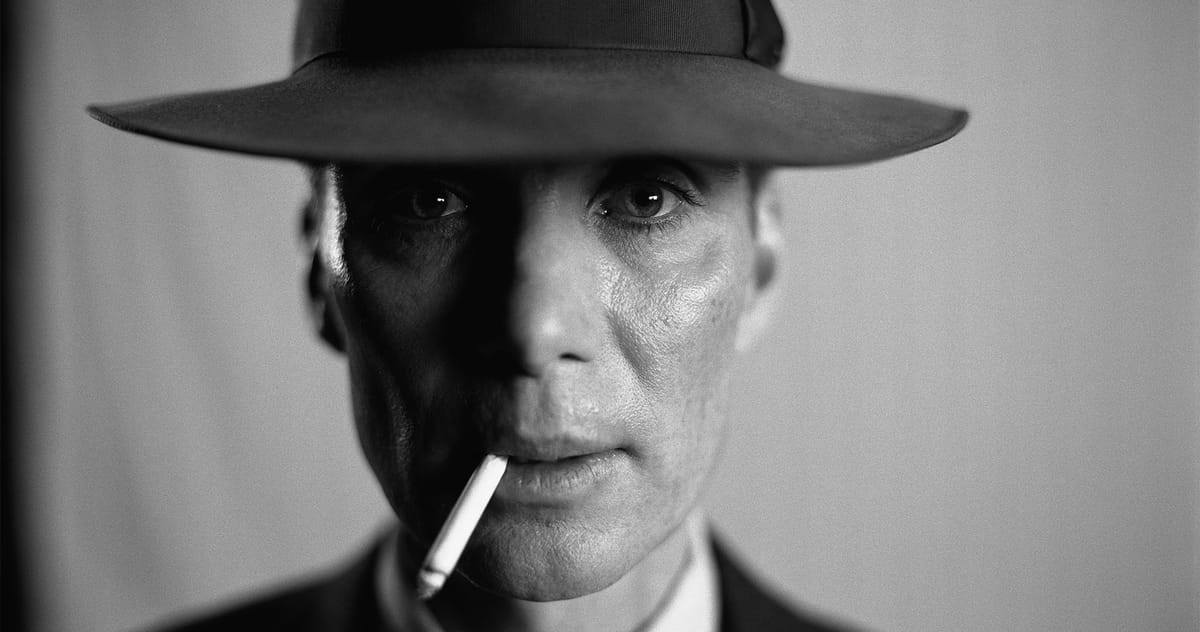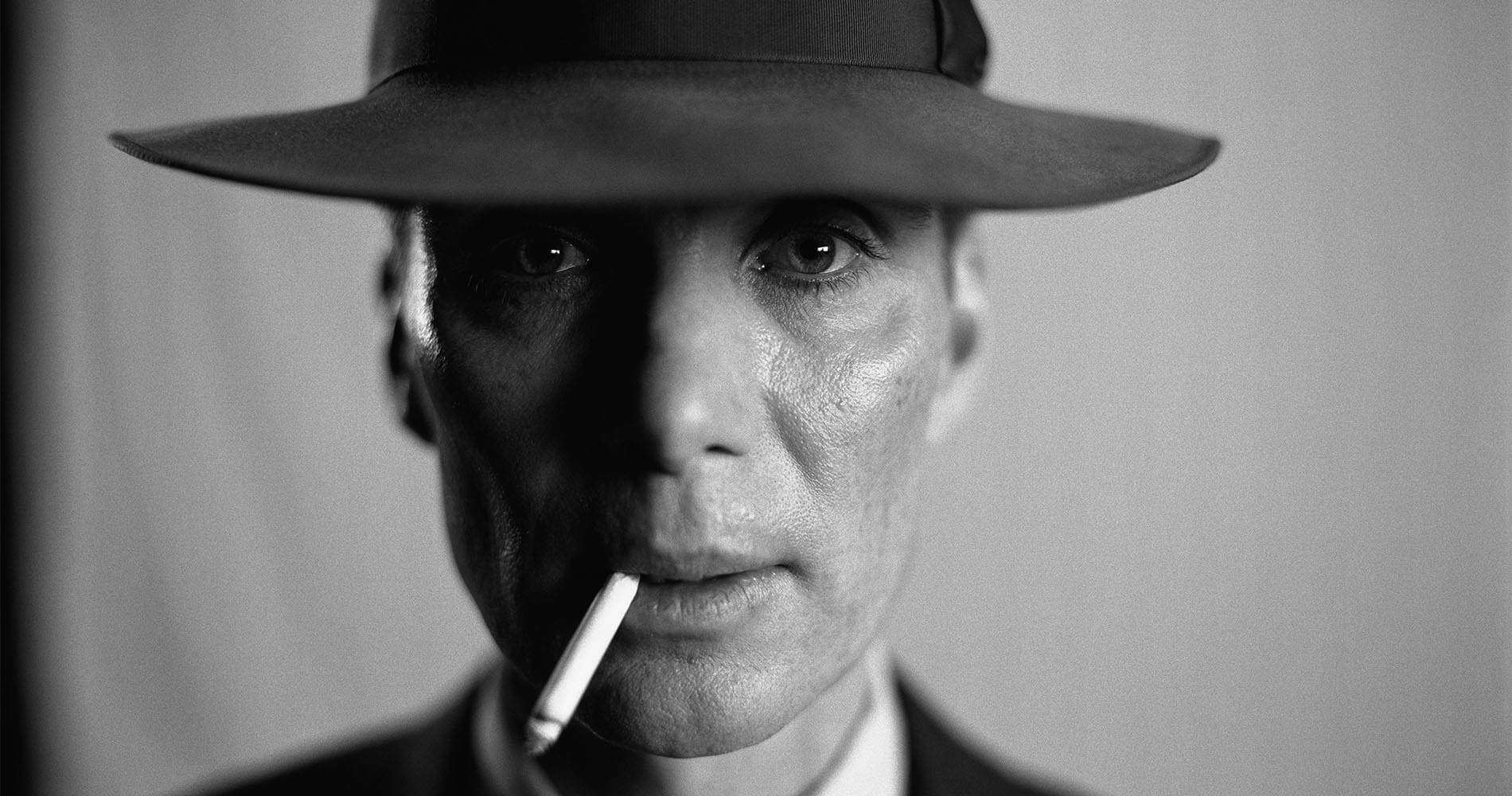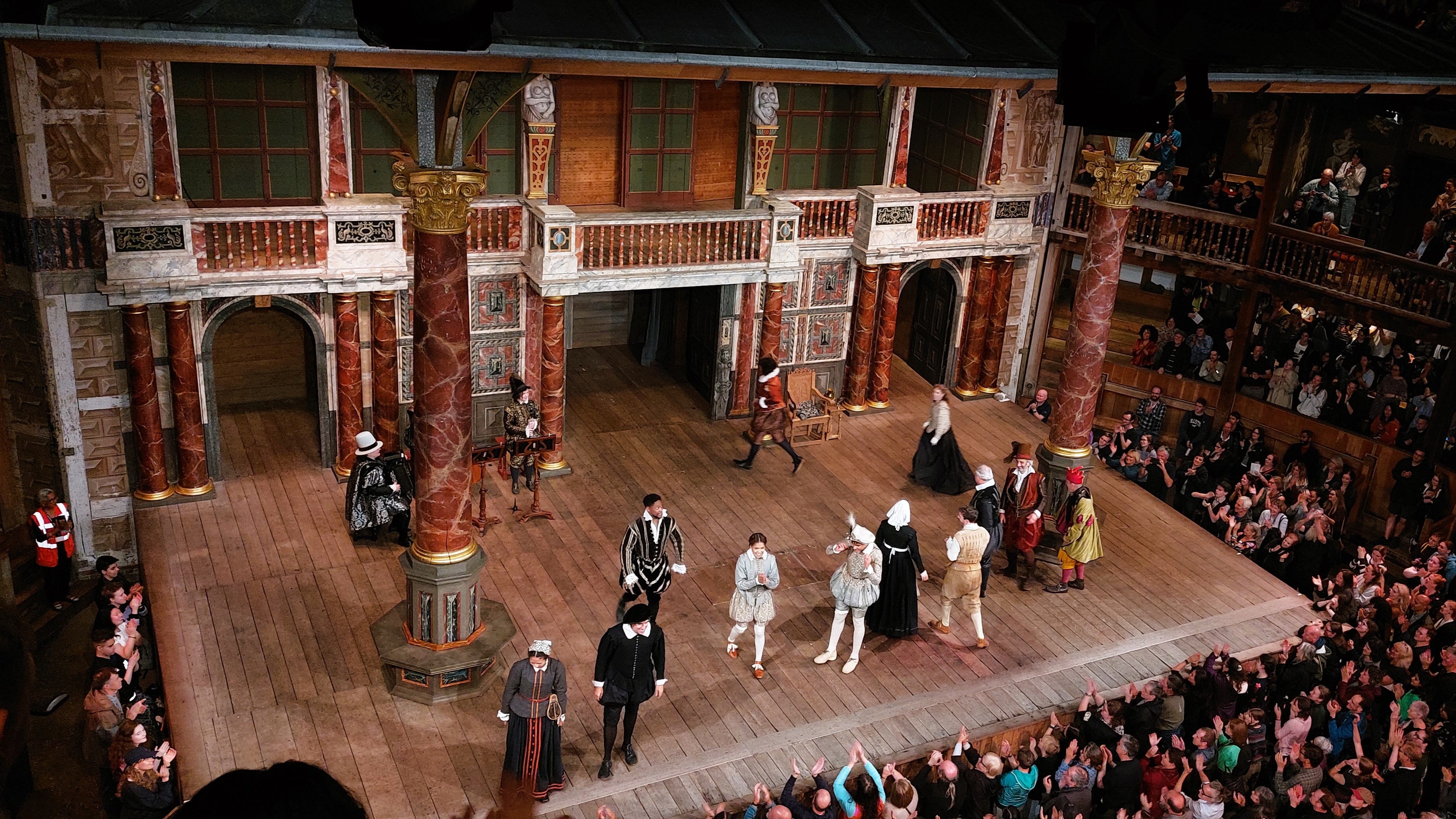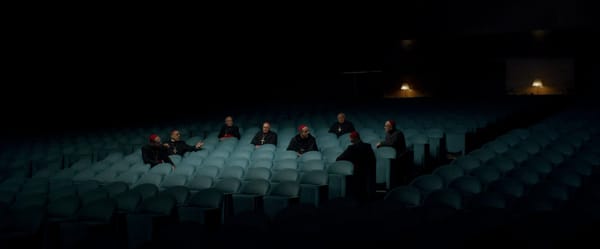The science of art
Culture Companion Vol. 2

Welcome to the Culture Companion Vol. 2. The Culture Companion is a monthly-ish curation of what I’ve been reading, watching, and listening to. This series will be a space for building bridges from one idea to another and for sharing those ideas with you.
There’s been a growing battle between the sciences and arts this decade that’s been fuelled by countless debates in the media that laude the value of science while bashing the arts and humanities.
Over my time visiting Virginia Woolf’s Monk’s House, I also went to Charleston Farmhouse — the house of Vanessa Bell, Virginia’s sister, and Duncan Grant. Charleston Farmhouse, like Monk’s House, was a hub for creative and intellectual thinkers. It’s where minds would come together for lively discussions on anything from art and society to science and business.
At the site, I overheard another guest say: “I can’t imagine an economist mixing with artists these days”. I suppose, on first thought, she’s not wrong. But if we really contemplate it, science and art are intrinsically linked. They speak to and depend on each other in ways that are easy to overlook.

Film as science
My potentially controversial opinion is that the hype around the marketing phenomenon that need not be named overshadowed the triumph that is Christopher Nolan’s epic biopic of J. Robert Oppenheimer — “Father of the Atomic Bomb”.
The story behind the man who gave the world the power to destroy itself is not only a representation of the persistent progression of science and the unyielding desire to push the boundaries of human inventions. The film is also in itself an embodiment of this impulse.
The movie is distinguished by the technical advances it made in the production of analogue films. Oppenheimer was shot using 65mm IMAX film but to shoot the black and white scenes, Kodak had to produce custom Black and White film in 65mm, which had never existed before.

Culture as science
The British Film Institute’s (BFI) National Archive opened its doors to the public for one day only as part of the national Heritage Open Days festival. Visitors got the opportunity to get a behind-the-scenes look at the floor-to-ceiling film vaults as well as the tools and technologies used to preserve the UK’s film and television history.
The conservation of film demands not only an awareness of what makes a piece of media valuable to future generations but also the training to work with fragile, physical materials. From understanding each format’s chemical makeup to knowing its optimal temperature and moisture conditions, it’s no wonder that so much of the film conservation process takes place in a lab.
Art as science
At the heart of The National Gallery — a three-hour documentary about London’s famous art museum — is the extensive work that goes into the conservation and restoration of artworks.
The restoration of cultural artefacts is right at the intersection of chemistry and art. The documentary shows the careful extraction of a paint fragment that, after its microscopic analysis, would reveal what kind of treatment the painting can sustain.
And, at the same time, x-ray technology has opened up a whole world of undiscovered pieces beneath works by renowned artists like Van Gogh.

Theatre as science
For a one-night-only event in London, Shakespeare’s Globe Theatre put on a special performance of Twelfth Night in honour of the 400th anniversary of The First Folio. The theatre described the production as an “ultra-live experiment” that — as in a science lab — had the players “step courageously into the unknown”.
Staying true to the ways of theatre-making during Shakespeare’s time, the actors were given only their own lines and cues without any prior rehearsal with the rest of the cast. It meant that the play was infused with an exhilarating uncertainty of no one (not even the actors) really knowing what was going to happen in the very next moment.
Although not science in the formal sense of the word, this performance of Twelfth Night became an onstage laboratory for actors to toss in whatever words, expressions, and gestures they desired to see what sort of reaction it would create.
If you’ve found value, joy, or comfort in The Kulturalist, consider clicking the button below to support my work. Your generosity keeps the words flowing. Thank you for being here!
If you missed the previous volume of the Culture Companion, you can read it here:







